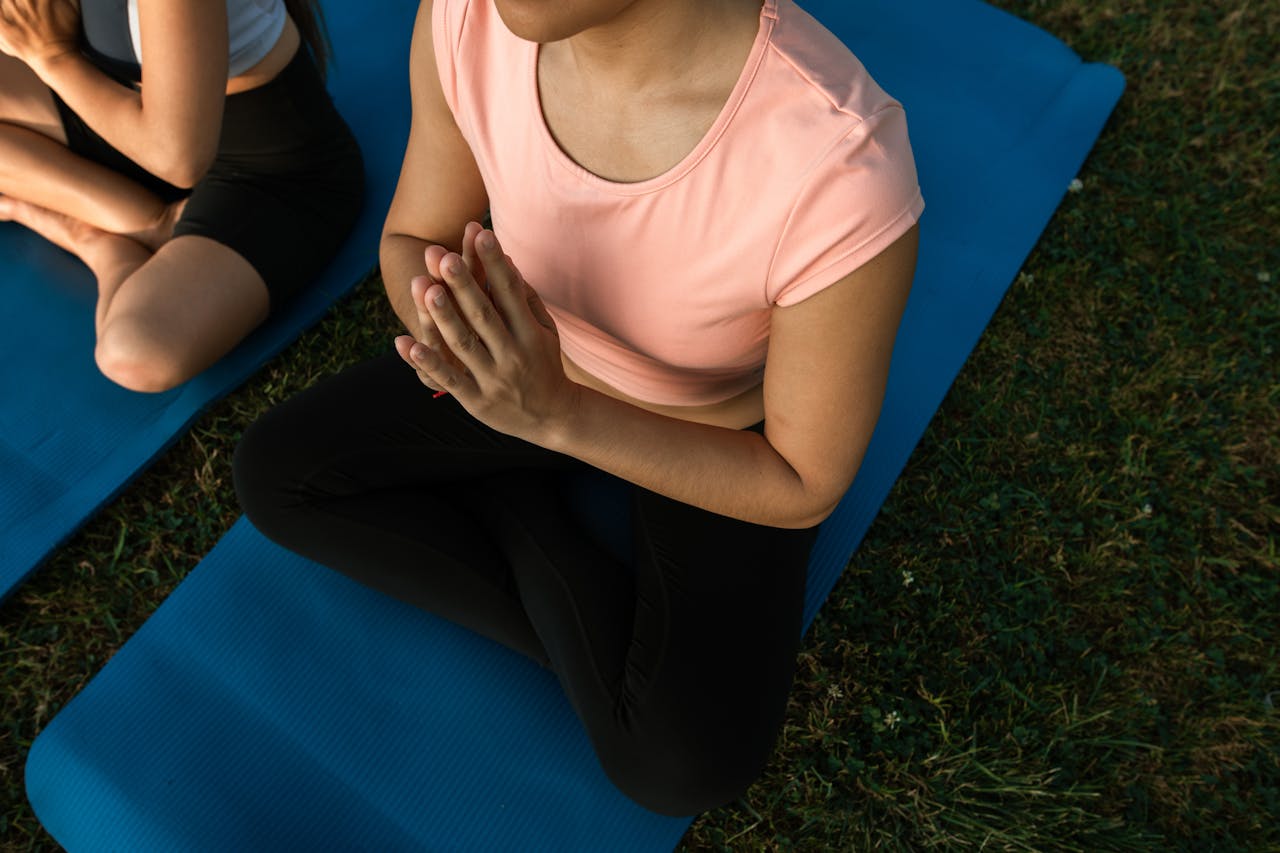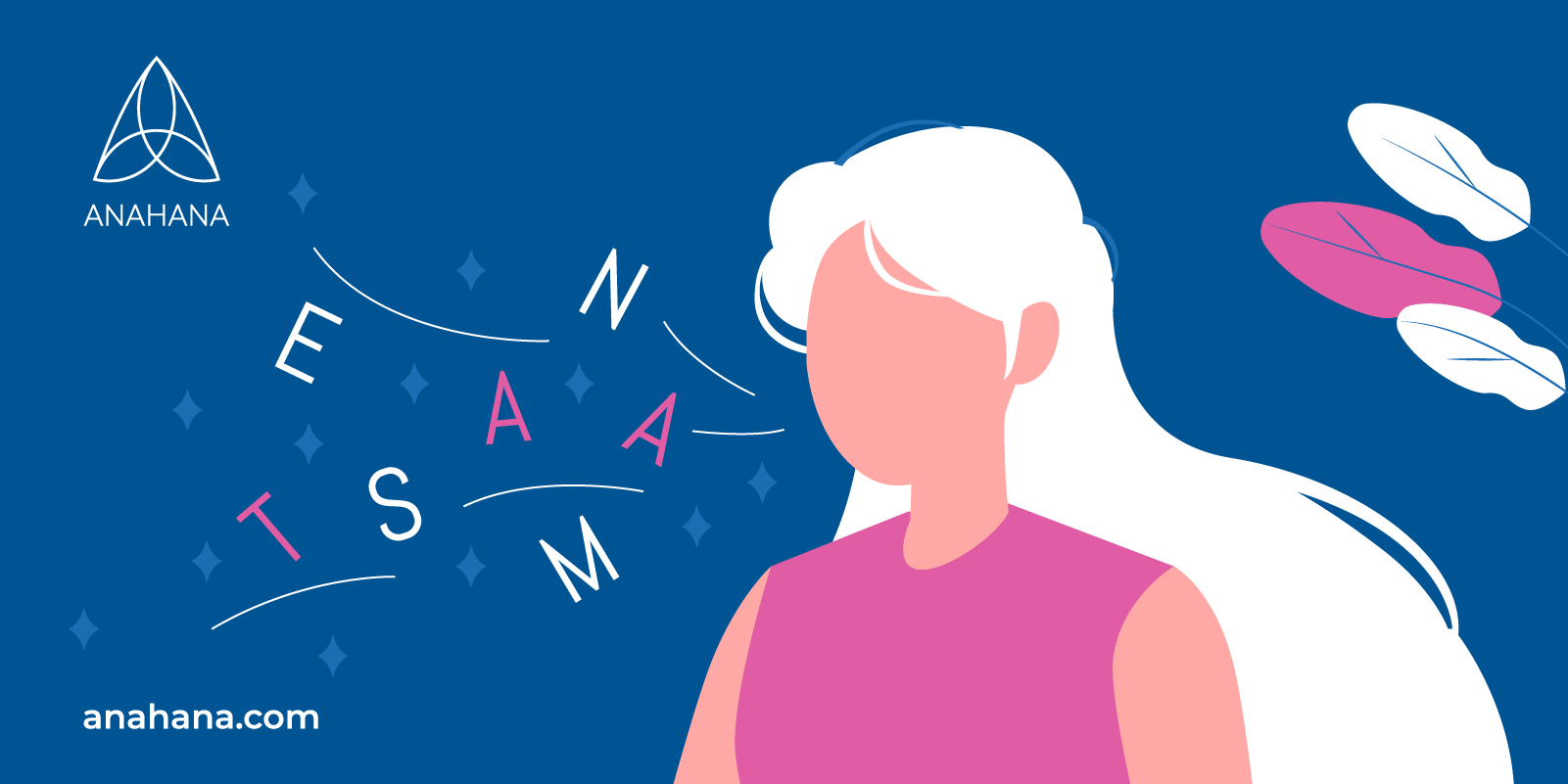
Table of Contents
Delve into the meaning and significance of 'namaste' with this straightforward guide. Explore its cultural origins and practical applications, offering insights into the gesture's expression of respect and unity. Elevate your cultural understanding with a concise overview of the transformative power of namaste.
What Does Namaste Mean?
If you've ever wrapped up a class in a yoga studio, you've probably heard everyone saying "Namaste" to each other, or maybe you've seen it splashed across a trendy t-shirt. It's one of those words that's become as much a part of yoga as the mats and poses, but have you ever paused to wonder what it's all about?
Namaste goes way beyond just a casual "hello" or "goodbye"; there's a whole depth to it that ties back to ancient traditions and a meaningful way of seeing the world and the people in it beyond just the yoga community.
There's a certain etiquette surrounding its use, ensuring that when we say Namaste, we do so with the genuine respect and connection it's meant to convey. Let’s explore the true essence of Namaste, ensuring that we honor its profound roots and use it in the most respectful and meaningful manner.
Origins of the Word Namaste
The expression Namaste is a Sanskrit word that holds many meanings. The literal translation of the Sanskrit phrase is "I bow to you," with nama, meaning "bow," and te, meaning "to you."
However, if you ask any yoga teacher, they'll quickly correct you on the meaning of Namaste that differs from the literal translation.
The actual meaning of Namaste in the Sanskrit language is "I bow to the divine in you." The word Namaste is deeply rooted in the Hindu and Indian culture, impacting the deeper meaning behind this famous expression. Namaste is a way of showing respect and honor to another person and the divine within them.
There are other interpretations of Namaste such as:
- I honor the place in you where the entire universe dwells.
- My soul recognizes your soul.
- We are equal.
- We are one.
- My spirit bows to your spirit.
- I honor the place in you that is the same as mine.
How to Pronounce Namaste

The correct pronunciation of the word "Namaste" sounds like "Nah Mah Stay" while emphasizing the last syllable. Pronounce with a slight bow and hands pressed together before the heart. A soft smile, a sign of respect and love, often accompanies the gesture of Namaste.
When you say Namaste, you recognize the divine within the other person and show them that you appreciate them for who they are. The Namaste gesture is a reminder of the peace and unity that exists in the world.
Namaste Gesture: Anjali Mudra
The Namaste hand gesture, or Anjali mudra, is made by bringing the palms of the hands together in front of the heart and bowing your head slightly. The hands are in a prayer position, with the fingertips touching and the thumbs resting near the heart.
The hands in front of the Heart Chakra represent the meeting of the individual's energy and the universal energy that surrounds us all and creates a spiritual connection.
Where and When Should You Use Namaste
Recently, there has been a spark of debate about the appropriateness of using Namaste in yoga classes or as a general greeting in the Western world. In the South Asian region, particularly in India and Nepal, Namaste is a greeting used to address those with
- Deep respect
- Authority
- Older people
- Teachers
- Gurus
- Other honorable people
Once Namaste became popular in Western countries, people started using it increasingly as a greeting after or before a yoga class. You may have even seen this popular expression plastered on a bumper sticker or misappropriated on a t-shirt.
However, it's essential to remember Namaste's origin and history and protect it from being overused.
Namaste in a Yoga Practice
Namaste is often used in yoga practice to begin and end a yoga class. It reminds us that we are all connected and should treat each other respectfully.
Often, yoga teachers will say "Namaste" to the students at the end of practice and hold a little pause with their hands pressed in Anjali Mudra. This reminds us that we are all connected and should treat each other with kindness and love, encouraging a spiritual awakening.
Surya Namaskar
Surya Namaskar, also known as Sun Salutation, is a foundational sequence in yoga practice. Typically taught in beginner classes, it's accessible yet profound, designed to honor the sun, the source of all life.
"Surya" means "sun" and "Namaskar" means "to bow or greet." This sequence prepares the body for more advanced practices by enhancing flexibility, strength, and mindfulness.
So, when you do the Surya Namaskar, you bow to the sun to honor its life-giving energy. Many asanas included pressing hands together in front of the heart chakra in the Namaste posture.
Frequently Asked Questions about Namaste
Is it OK to say Namaste?
Yes, it is perfectly OK to say Namaste. Many people find it a meaningful and beautiful word if you respect the roots behind this sacred expression and use it where appropriate. You might hold off using Namaste in South East Asian countries since it's a salutation reserved for elders, teachers, gurus, and other honorable personas.
Why do yoga instructors say Namaste?
Yoga instructors often say Namaste at the end of a yoga class to thank their students for coming. It is also a gesture of respect and deep appreciation. A teacher must avoid using Namaste without intention or signaling that the class is over and yogis are OK to leave the room.
Is Namaskar same as Namaste?
Namaskar and Namaste are both Hindu terms that mean respect. Although used interchangeably, there is a slight difference between the two. While Namaskar is a more formal way of showing respect, Namaste is a more informal expression.
Resources
What Does "Namaste" Actually Mean?
The Meaning of Namaste: Why Do We Say Namaste In Yoga?
Disclaimer
The contents of this article are provided for informational purposes only and are not intended to substitute for professional medical advice, diagnosis, or treatment. It is always recommended to consult with a qualified healthcare provider before making any health-related changes or if you have any questions or concerns about your health. Anahana is not liable for any errors, omissions, or consequences that may occur from using the information provided.

By: Meriah McCauley
Meriah McCauley is a leading voice in holistic healing, known across North America for her expertise in chakra balancing, spiritual alignment, and energy-based wellness. Her work bridges the art and science of mind-body healing, shaped through years of study, practice, and mentorship. Meriah deepened her understanding of spiritual anatomy and the chakra system under the guidance of her guru, Dr. Don Stapleton, during her immersive training in Costa Rica. She later earned her Master’s degree in Psychology from Columbia University, specializing in Spirituality and the Mind–Body connection, which continues to influence her integrative approach. Today, she supports individuals and practitioners through coaching, yoga teacher trainings, chakra-focused education, and Holotropic Breathwork for personal transformation. Meriah is dedicated to helping others develop emotional clarity, energetic balance, and spiritual resilience—and she remains committed to guiding anyone seeking a deeper, more meaningful connection with themselves.